Kindergarten – Grade 2 Educational Resources: Garbage and Recycling
The below programs were developed for students to complete in school or at home and help teach about waste, waste reduction, and recycling.
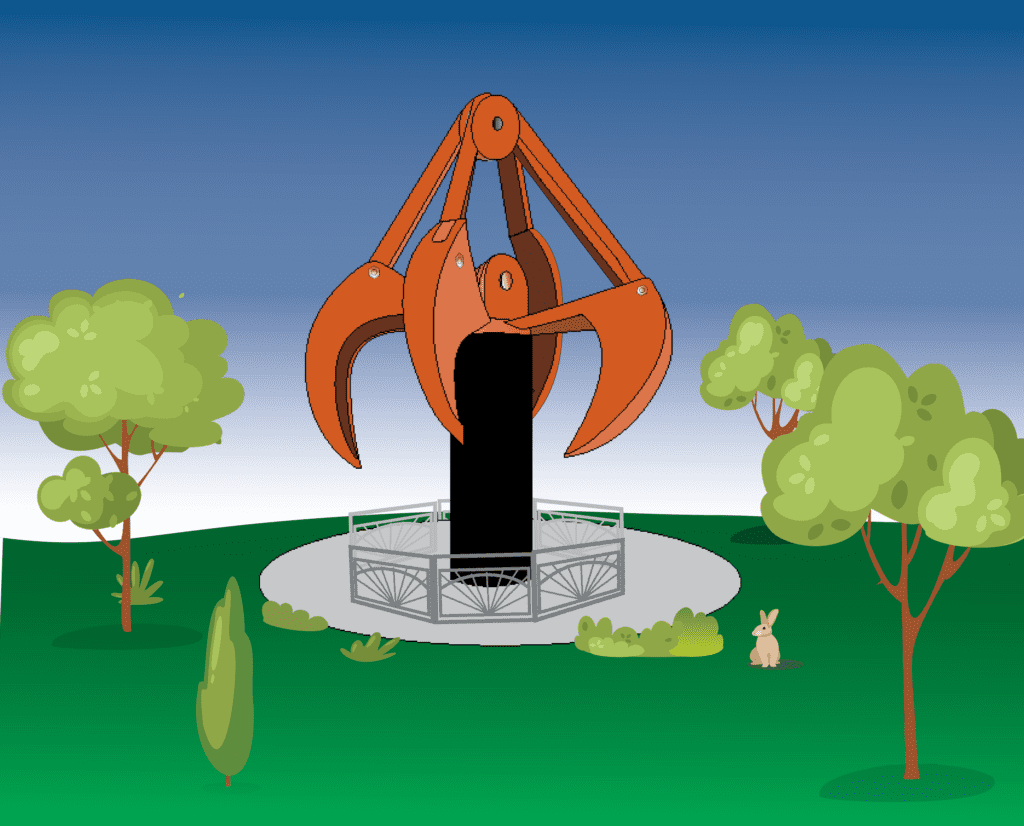
Programs
Waste Reduction and Reuse
Standards
ELA.K.R.1, ELA.1.R.1, ELA.2.R.1, VA.K.C.1, VA.K.C.2, VA.K.S.1, VA.K.S.2, VA.K.S.3, VA.K.F.1, VA.K.F.3, VA.1.C.1, VA.1.C.2, VA.1.S.1, VA.1.S.2, VA.1.S.3, VA.1.F.1, VA.1.F.3, VA.2.C, VA.2.C.2, CA.2.C.3, VA.2.S.1, VA.2.S.2, VA.2.S.3, VA.2.F.1, VA.2.F.3
Overview
This is a waste reduction and reuse lesson developed for K-2 students. It includes creating a comic based on story prompts and a writing and drawing activity depicting how to make garbage disappear.
For help, Brain Pop Jr.’s “Reduce, Reuse, Recycle” lesson discusses the importance of reducing and reusing.
Materials
- 1 sheet of paper, divided by folding into 8 sections, 4 sections on front side and 4 sections on back side
- Writing and/or drawing utensils i.e., crayons, markers, pencil
Objectives
- Learn about litter and how it can impact the environment
- Learn about ways to reduce waste and reuse items
- Learn about how reducing and reusing helps the environment
Vocabulary
- Waste: anything your throw away
- Reduce: to use less
- Reuse: to use the same thing more than once
- Impact: to have a strong effect on something
- Natural resource: anything from nature that living things can use
Activity 1: Gary the Gator Makes His Garbage Disappear
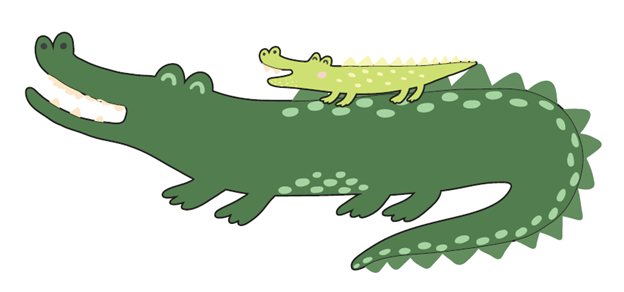
Below is a list of story prompts that describe “Gary the Gator’s” journey to reducing his waste and reusing things around his home instead of throwing them away. Students may independently read the story prompts or listen to the story prompts read aloud. After reading or listening to each story prompt, students will draw a picture that represents that piece of the story. In the end, students should have a story comic that depicts the story “Gary the Gator Makes His Garbage Disappear.”
“Gary the Gator Makes His Garbage Disappear” Story Prompts
- Gary the Gator lives in Florida with his dad, Giovanni. Gary has a garbage can at home. He puts things that he no longer wants in the garbage.
- One day, Gary threw away 3 plastic water bottles, 1 T-shirt that was too small, and 2 old toy trucks.
- Gary went outside to put his garbage in the garbage can, but the garbage can was overflowing! There was garbage all over the grass and sidewalk!
- Gary and his dad cleaned up the garbage around their garbage can. Gary said to his dad, “I wish I didn’t create this much garbage!” Gary’s dad says to Gary, “You could make your garbage disappear! Think about what you threw away today. Is there something else you could do with those things instead? Is there something that could have been used again?”
- Gary ran into the house. In the kitchen cabinet, he found a metal water bottle. Gary ran outside to show his dad. Gary says, “Look, Dad! I can refill this metal water bottle instead of using plastic water bottles!” Gary’s dad says, “It’s magic! You can make your plastic water bottles disappear!”
- Gary ran in to his house again. This time, he found a toy firetruck that he doesn’t want anymore. He shows the toy to his dad. Gary said, “I’m going to give this firetruck to my friend George instead of throwing it away!” Gary’s dad says, “George will love it! Toys should be played with, not put in the garbage!”
- Gary ran in to his room. He found a pair of jeans that are too small. He showed his dad. Gary said, “We should donate these jeans so someone who may need them.” Gary’s dad said, “Great idea! Someone else could wear them.”
- Gary was so excited! He made his garbage disappear. He didn’t have to use plastic water bottles anymore. His old toys and clothes were reused by someone else. Gary’s garbage can never overflowed again!
Activity 2: Make Your Garbage Disappear
The purpose of this activity is to get kids thinking about the kinds of trash they create and the things that they could use instead or ways they could put those items to good use.
Prior to activity, the teacher or parent should create a sheet with the below images listed and enough space for students to draw.
Instructions: Look at these pictures. Circle the picture of the item if you have ever put it in the garbage.
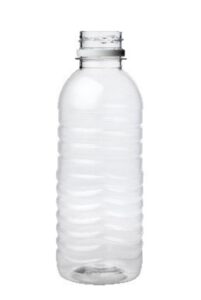
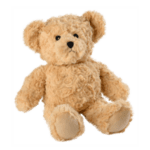
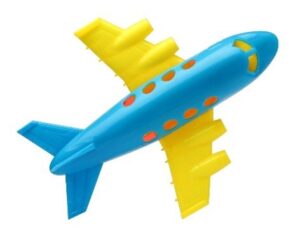
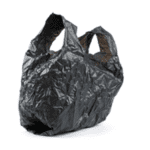
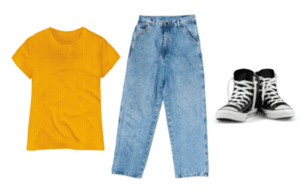
Instructions: Look at the pictures you circled. Think about these questions for each picture you circled:
- How can you make your garbage disappear like Gary?
- Could you give that item away?
- Could you use something else instead that doesn’t need to be thrown away?
Instructions: Make your garbage disappear! Next to each picture, draw a picture of how you would make your garbage disappear, such as donating the item, reusing it, or using something in place of that item that can be reused many times.
Remember to Recycle Every Day
Standards
ELA.K.R.1.1, ELA.K.R.1.4, ELA.K.R.2.2, ELA.K.R.3.1, ELA.K.R.3.2, ELA.K.C.1.3, ELA.K.C.1.4, ELA.K.V.1.1, ELA.K.V.1.2, K12.EE.4.1, AX.K.P.8.8, SC.K.N.1.1, SC.K.N.1.2, SC.K.N.1.5, SS.K.C.2.1, SS.K.E.1.1, ELA.1.R.1.2, ELA.1.R.1.3, ELA.1.R.2.2, ELA.1.R.3.3, ELA.1.C.1.3, ELA.1.C.1.4, ELA.1.C.2.1, ELA.1.C.3.1, ELA.K12.EE.6.1, SC.1.P.9.1, SC.1.N.1.1, SC.1.N.1.2, SC.1.N.1.3, SC.1.C.2.2, SC.1.C.2.3, ELA.2.R.1.1, ELA.2.R.1.2, ELA.2.R.2.1, ELA.2.R.2.2, ELA.2.R.2.3, ELA.2.C.1.3, ELA.2.C.1.4, SC.2.N.1.6, SS.2.C.2.4, SS.2.E.1.1
Overview
This is a recycling lesson developed for K-2 students. It includes reading a book, answering questions, creating an art project, and setting recycling goals for the classroom/home.
Materials
- Book: Recycle Every Day! By Nancy Elizabeth Wallace. Copies of Recycle Every Day! are available through the Pinellas Public Library Cooperative
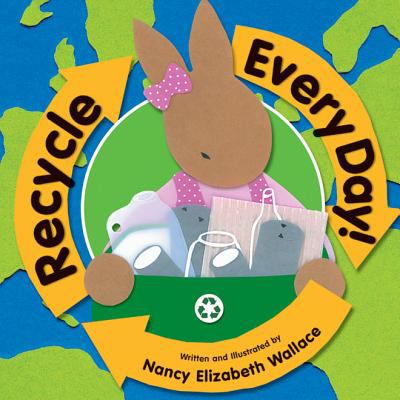
- Art supplies: writing utensils (markers, crayons, colored pencils, etc.), craft paper, scrap paper, toilet paper tubes, old buttons, bottle caps, can tabs, other garbage/recyclable materials safe for children to use in an art project
- Magazines that include household materials, grocery store advertisements/coupons
- Blackboard/whiteboard/Smartboard
- Pinellas County Recycle Guide
Objectives
- Learn what can be recycled or reused
- Learn about social action
- Learn about a character that is creative and thought outside the box
- Create recycled artwork that shows what can be recycled or reused
- Create classroom recycling goals and a plan to achieve them (green team, volunteers to transport recycling bin, etc.)
Activities
Read the book: Recycle Every Day! By Nancy Elizabeth Wallace
Create recycling posters like Minna’s school did using recycled materials (scrap paper, paper tubes, plastic water bottles, cans, etc.) and display them around the classroom. Students can draw or use pictures from magazines and advertisements. Teacher can also make a book of the posters to keep on shelf as a reference for the year.
Lesson Overview & Discussion Points
- Ask class if they know what the following terms mean: Reduce, Reuse, Recycle. Write the terms on the board. Write students’ answers on the board.
- Ask the class to give examples of things they recycle. Write on board.
- After reading Recycle Every Day!, ask, “What are some things that Minna’s family recycles?”
- Ask, “Do you recycle any of the things that the other student’s posters say to recycle?” go through the calendar months and ask students to raise their hands when they notice something they recycle.
- Ask, “Why do you think that Minna’s poster was selected for the cover of the calendar?”
- Review Recycle Guide cover to show what items can go in classroom recycle bin.
- Ask, “How do you think we can make sure we recycle every day?”
- Ask if creating a recycle team would be helpful.
- Ask what their goals are.
The 3Rs – Reduce, Reuse, Recycle
Standards
ELA.K12.EE1, ELA.K12.EE.4, ELA.K12.EE.6, ELA.K.R.2, ELA.K.C.1, ELA.K.C.2, ELA.K.C.4, ELA.K.C.5, ELA.1.R.2, ELA.1.C.1, ELA.1.C.2, ELA.1.C.4, ELA.1.C.5, ELA.2.R.2, ELA.2.C.1, ELA.2.C.2, ELA.2.C.4, ELA.2.C.5, SC.K.N.1.1, SC.K.N.1.3, SC.K.N.1.4, SC.K.N.1.5, SC.1.N.1.1, SC.1.N.1.3, SC.1.N.1.4, SC.2.N.1.1, SC.2.N.1.2, SC.2.N.1.3, SC.2.N.1.6, VA.K.C.2, VA.K.S.1, VA.1.C.2, VA.1.O.3, VA.2.C.2, VA.2.O.3
Overview
This is a waste reduction, reuse, and recycling lesson developed for K-2 students. It includes a matching game, scavenger hunt, and instructions for students to complete their very own waste composition study.
Materials
- Pinellas County Recycle Guide
- Paper/notebook/scrap paper
- Writing utensil i.e., pencil, pen
- Drawing utensils i.e., markers, crayons, colored pencils
Objectives
- Learn why recycling is important
- Learn what makes something reusable
- Learn how to reuse something
- Learn how practicing reuse will help the environment
- Observe what items are typically thrown away and learn how some items can be reused or recycled instead
- Research what our garbage is composed of/what items our classroom or families are throwing away
Activity 1: Reuse, Recycle, and Garbage Matching Game
- Prior to activity, the teacher or parent should create the matching game sheet: on a sheet of paper, include a recycling bin, donation bin, and garbage bin at the bottom. At the top, list six (6) different items (note: this number can be adjusted based on grade level). Be sure to include a mix of items that can & cannot be recycled and items that can be reused or donated (example: cardboard box, aluminum can, plastic bottle, plastic bag, foam take-out container, clothing, toys). See below examples of items that can be included in the matching game:
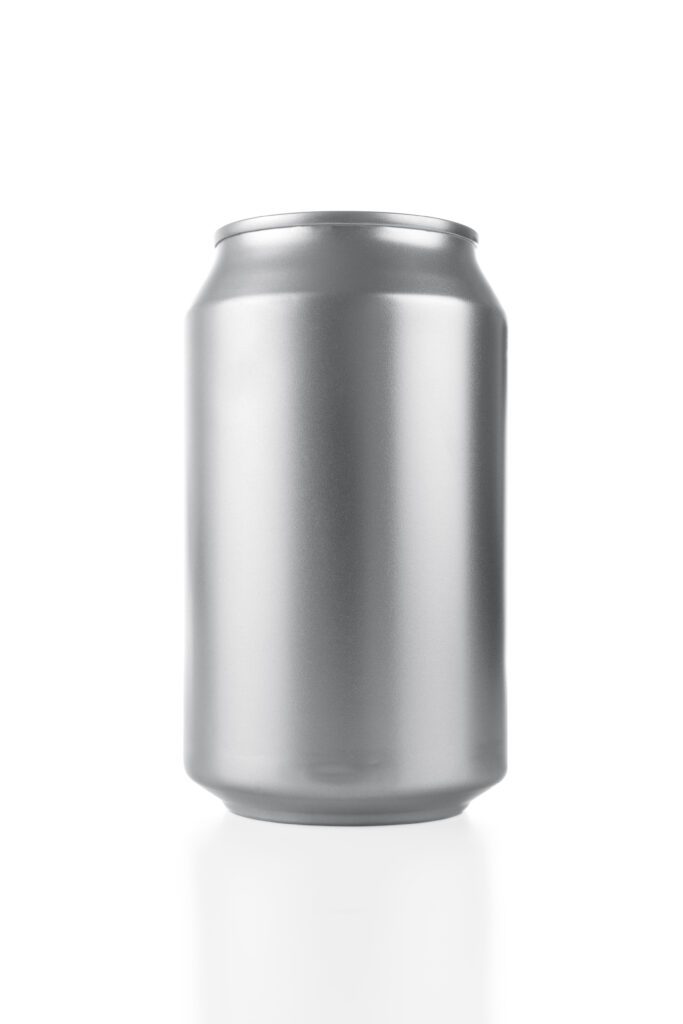
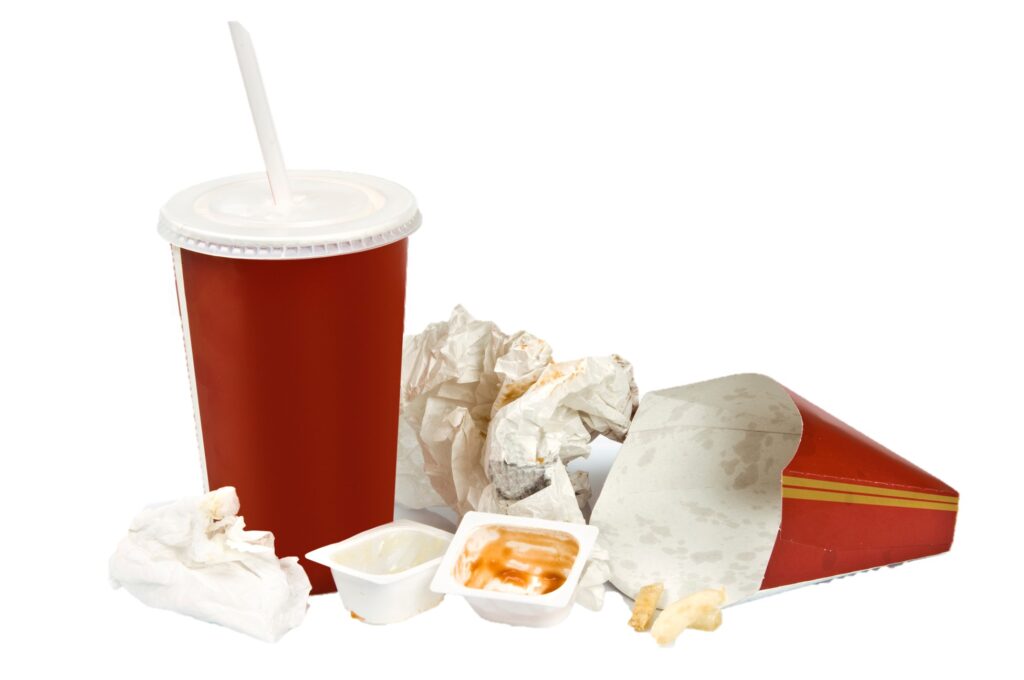
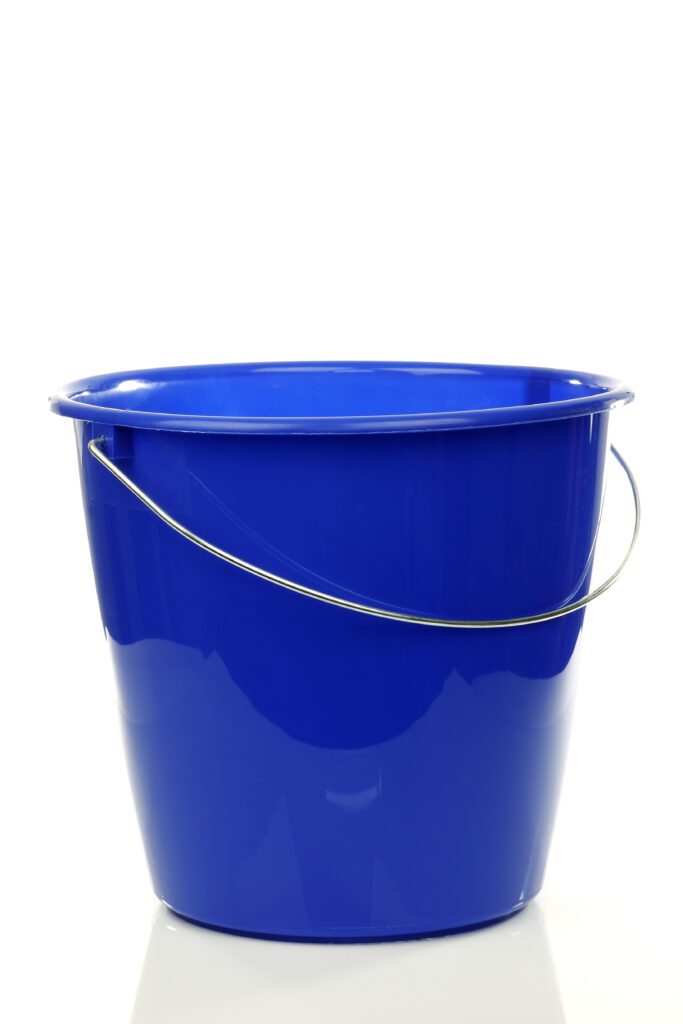
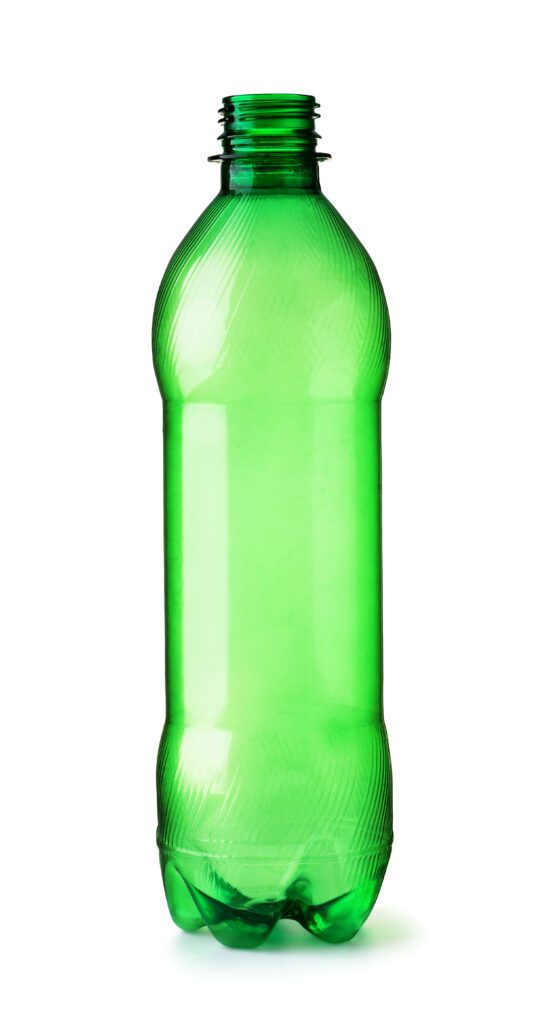
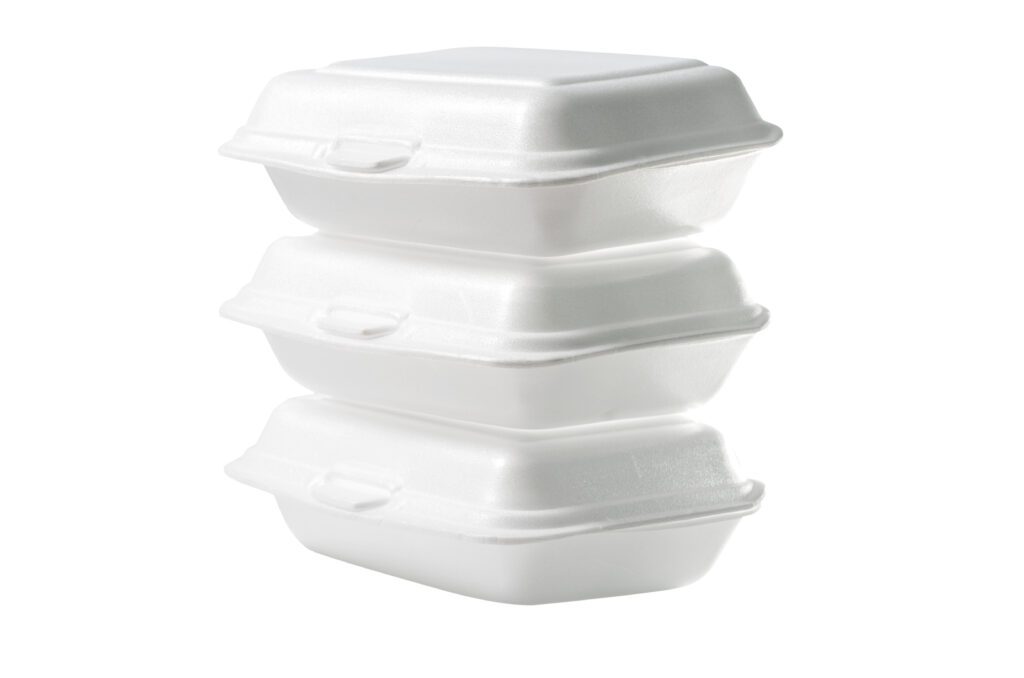
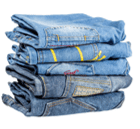
- Provide students with a copy of the Recycle Guide, the matching game sheet, and a writing utensil. This activity can be done individually, in groups, or as a whole class.
- Instructions:
- Using the front cover of the Recycle Guide, learn what items are recyclable in Pinellas County. Items that are not listed on the guide should not be placed into recycling bins
- Draw lines from the materials listed on the matching game sheet to the appropriate container (recycling bin, donation box, or garbage bin). Students will do this for all items listed on the matching game sheet.
- If the item is recyclable and is listed on the cover of the Recycle Guide, draw a line to the recycling bin at the bottom of the sheet
- If the item is not recyclable but could be reused, draw a line to the donation box at the bottom of the sheet
- If the item is not recyclable and not suitable for donation, draw a line to the garbage bin at the bottom of the sheet
- After the students have completed the matching game, discuss the below questions with the students:
- What items did you recycle?
- What items did you donate?
- Why do you think these items were donated instead of thrown away?
- What items did you throw away?
- Why did you throw away these items?
Activity 2: Reuse and Recycling Scavenger Hunt
- Prior to activity, teacher or parent should create the scavenger hunt list: make a list of items that you want the student to search for in the classroom or their home. The list should include recyclable & non-recyclable items, reusable items, and non-reusable items. Fun riddles can be used to describe the item the students are to look for. Examples:
- Cardboard box – I am sturdy and thick, you can put a lot inside of me but taping me shut is the trick! Use me to mail a gift to a friend or store your toys until the day’s end!
- Shoe – You wear me on your feet and sometimes I stink! Use me to run and play or to dance ballet!
- Plastic bag – I am light & airy and can float away in the breeze, filling me at the grocery store can be done with ease.
- Instructions:
- Students can keep track of the items they find on scrap paper or in a notebook
- After the students find all or most of the items, have them put them in the following categories:
- Recyclable
- Reusable
- Not recyclable or reusable
- After the items are categorized, have your students do one of the following:
- Draw pictures of the images they found in their notebook or on a piece of scrap paper
- Access the Where Does It Go? Search Tool to find out what they can do with the items they placed in the “reusable”
- Use the Pinellas County Recycle Guide to find out if the items they placed in the “recyclable” category can be recycled in Pinellas County
- After the activity is complete, review the categories where the students placed each item and discuss the following:
- Why certain items were placed in the “recyclable” category
- Why certain items were placed in the “reusable” category
- Why certain items were placed in the “not recyclable or reusable” category
Activity 3: Waste Composition Study
- In this activity, students will conduct their own waste composition studies to see what their classroom or household garbage is made up of. This will help them get a snapshot of what items their classroom or families could be reusing, donating, or reducing. This activity can be completed individually or in a group. Some portions of this activity can be removed or modified for specific grade levels.
- Instructions:
- For 2-3 days, have the student take note of the items their family or classmates are throwing into the garbage. Students should keep a detailed record of the items in a notebook or on a piece of scrap paper
- After the data is collected and recorded, the student should sort the items into the following categories: recyclables, garbage, reusables
- Students should answer the following questions when completing their waste categorization:
- How many items could have been recycled?
- How many items could have been reused or donated?
- How many items were garbage and needed to be disposed of?
- How can my family or school use this waste composition study to help them make changes to better practice reducing, reusing and recycling?
- After the students have answered the above questions themselves, have them work with a partner to ask them the same questions listed above and have a discussion about their waste composition studies
Lesson Overview & Discussion Points
After the above activities are complete, lead a discussion with your students and ask them the following questions:
- Why is waste reduction and reuse important?
- Who is impacted by the creation of less waste?
- What makes something reusable?
- What is recycling?
- Why is recycling important?
- How does reusing and recycling help create less waste?
- Why is creating less waste important?
- What changes can you make in your every day life to create less waste?
Additional Resources
- Where Does It Go? Search Tool
- Recycle Guide & Downloadable Signage
- Household Chemical Collection
- Collection: Garbage & Recycling
- Hours: Solid Waste Disposal Complex
- Disposal Fee Information
- Educational Resources: Garbage and Recycling
- Recycling FAQ
- Map of Recycling Drop-Off Centers
- Artificial Reef Program
- Mulch Pickup Program
- For Businesses: Garbage & Recycling Resources
- How Mixed Recycling Works In Pinellas County
- Video Library: Garbage and Recycling
- Holiday and Gift-Giving Guide
- Pinellas Partners in Recycling
- Waste-to-Energy Facility
- Bridgeway Acres Landfill
- Solid Waste Master Plan
- Solid Waste Disposal Accounts
- Lealman Garbage and Recycling Collection
- Tampa Bay Recycles
- Why Recycling Is Important
- Discover Careers with Pinellas County Solid Waste
Suggestions or Comments?
Educators: email recycle@pinellas.gov with any activity suggestions, feedback, or questions.